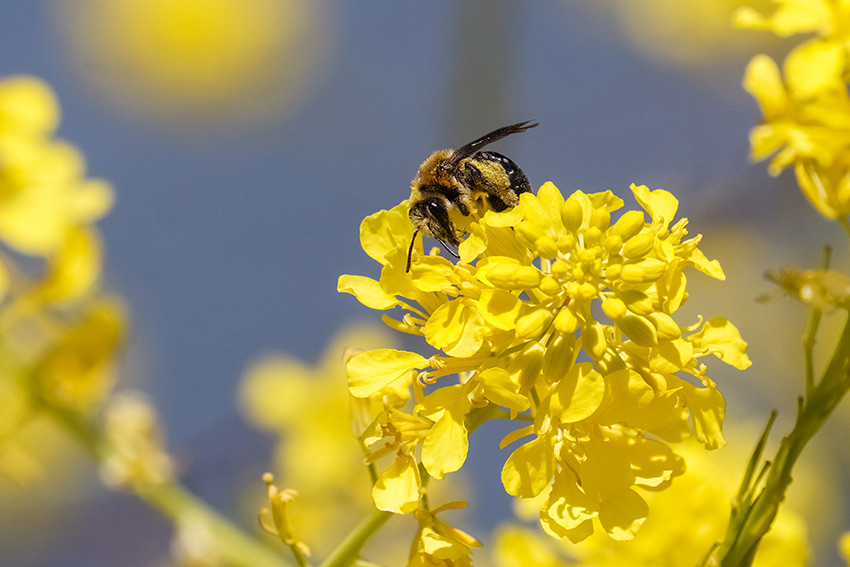Believe it or not, not all bugs and creepy crawly critters are harmful to garden plants, shrubs and bushes. Several insects can in fact be highly beneficial to have roaming among your favorite flowers, and a few examples of these will be mentioned below.
Ladybugs
Although these are usually quite attractive looking insects and often depicted in children’s storybooks as friendly characters, ladybugs are in fact quite predatory. Before their pretty colors start showing through, they start out as rather ugly larvae and their primary food source is aphids. The average ladybug larva can eat as many as 40 to 50 aphids per hour, making them an excellent visitor among your rose bushes.
Praying Mantises
While praying mantises may not look like the prettiest bugs around, they sure deserve their place in virtually every garden. They are not only able to devour those pesky grasshoppers that destroy your plants; they have been known to make short work of some species of moths, flies and beetles as well.
Keep in mind though, that while praying mantises may eat grasshoppers, they have also sometimes been know to attack butterflies and bees.
Hoverflies
These flies may look like miniature yellow jacket wasps, but they are missing the stinger completely. Hoverflies feed on nectar and pollen and as such, are considered to be important for pollinating the plants in your garden. The larvae from these flies are also rather predatory in that they kill caterpillars, aphids and some types of beetles.
Honeybees
Honeybees are by far one of the most beneficial insects to have living in your garden – regardless of the types of plants and flowers you have. These busy little visitors are known for pollinating several of the plants that are responsible for producing the food we eat, so it’s crucial that they be protected in any and every way possible.
Some plants and trees that bees are responsible for pollinating include apples, broccoli, asparagus, cranberries, various types of melons and many other types of fruit. It has been suggested that humans would be without most sources of grown food within as little as four years if honeybees were to die out completely.
If you’re keen to attract bees to your garden, the first step is to provide them with a variety of flowers and plants that they can obtain pollen from. Popular offerings include poppies, clover, oregano, zinnias, marigolds, asters and geraniums.
To ensure that bees become regular visitors in your garden, you’ll need to provide them with a source of fresh drinking water along with the plants. A shallow birdbath with a little fresh water in can provide the ideal rest stop for these visitors while they’re hard at work gathering pollen in your yard.
If you have insects in your garden and you’re unsure whether they are beneficial to your plants or not, it can help to speak with an expert. Contact our experienced landscaping team today to find out more about attracting useful insects to your yard today.


